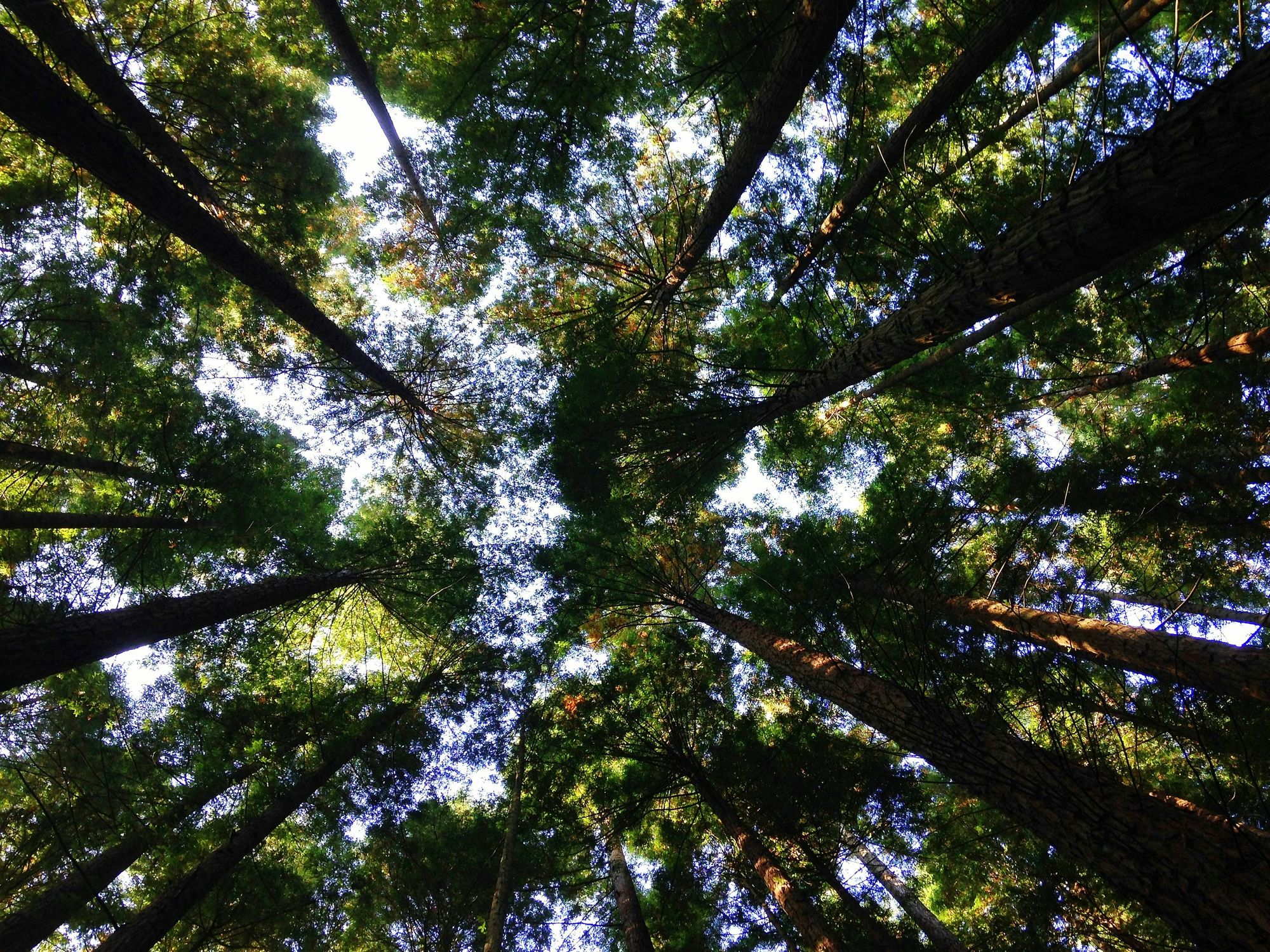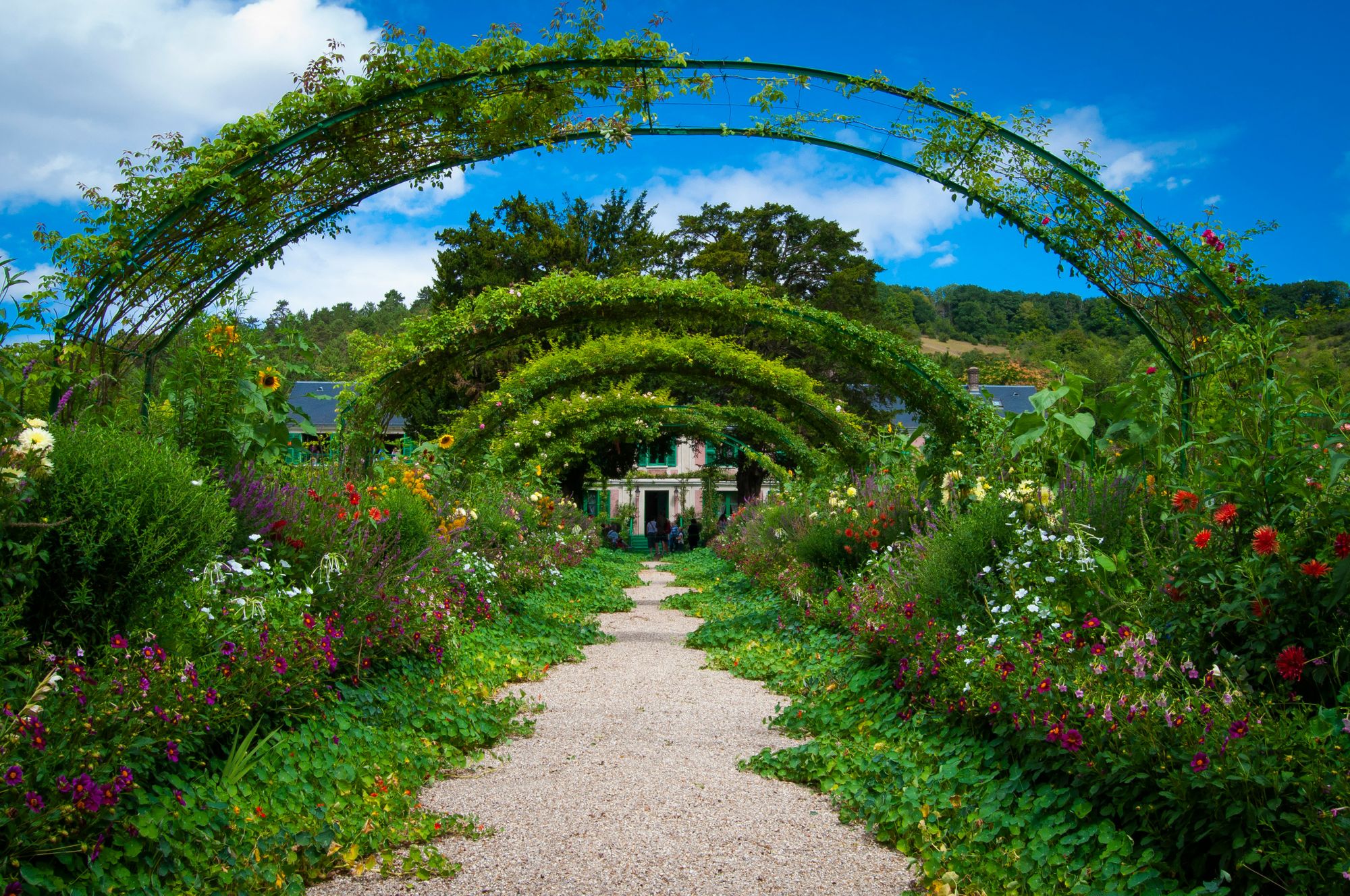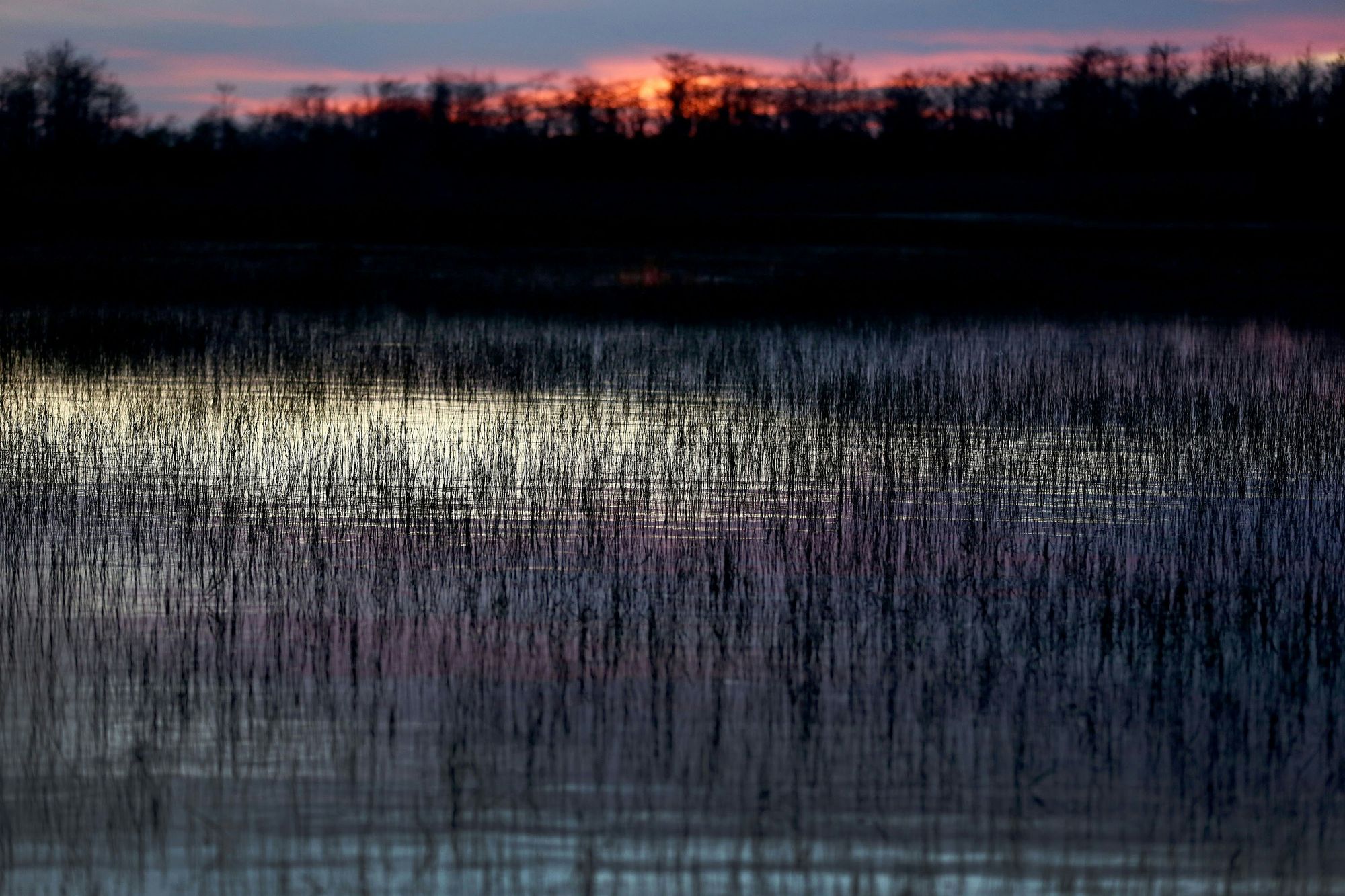When choosing how to memorialize a loved one, it’s important to consider the environmental impact of various options. As more families seek sustainable and eco-friendly ways to honor their loved ones, traditional methods like burial and cremation are being reevaluated alongside modern alternatives.
This blog explores the environmental effects of different memorial choices, highlights eco-friendly options, and provides guidance on how to choose a sustainable tribute. One such option, Parting Stone solidified remains, offers a meaningful and environmentally conscious way to remember loved ones.
The Environmental Impact of Traditional Memorial Choices
Traditional Burial
Traditional burials have been practiced for centuries, but they often come with a significant environmental cost. This method typically involves embalming, caskets, and burial plots, all of which contribute to environmental concerns.
Environmental Considerations:
- Embalming chemicals: Formaldehyde and other chemicals used in embalming can leach into the soil and groundwater over time.
- Casket production: The manufacturing of metal and hardwood caskets requires significant resources and energy.
- Land use: Cemeteries occupy large areas of land that require maintenance, including mowing, pesticide application, and water usage.While traditional burial provides a place for loved ones to visit, its environmental impact is considerable.
Cremation
Cremation has become a popular alternative to burial due to its lower cost and flexibility, but it is not without its environmental drawbacks.
Environmental Considerations:
- Carbon emissions: The cremation process releases greenhouse gases, including carbon dioxide, into the atmosphere.
- Energy consumption: Cremation requires significant energy, often sourced from fossil fuels.
- Air pollutants: Mercury from dental fillings and other materials can be released during the process.While cremation has a smaller land footprint than burial, its emissions and energy use raise sustainability concerns.
Eco-Friendly Memorial Options
For families seeking to minimize their environmental impact, there are several eco-friendly alternatives to traditional burial and cremation. These options prioritize sustainability while honoring the memory of a loved one.
Natural Burial
Natural or green burial is an increasingly popular option for those who want to return to the earth in an eco-friendly way. This method avoids embalming, uses biodegradable materials, and forgoes traditional grave liners or vaults.
Environmental Benefits:
- Reduces chemical use by avoiding embalming fluids.
- Uses biodegradable caskets or burial shrouds, which break down naturally.
- Preserves natural habitats by using designated green burial sites.Learn more about natural burial options.
Living Memorials
Living memorials transform cremated remains into a tree or plant by mixing ashes with soil and seeds. This approach offers a sustainable way to create a lasting legacy.
Environmental Benefits:
- Promotes reforestation and biodiversity.
- Provides a renewable, living tribute to a loved one.
- Uses biodegradable urns, minimizing waste.Discover how living memorials work.
Water Cremation (Alkaline Hydrolysis)
Water cremation is a gentle and eco-friendly alternative to traditional cremation. This process uses water, heat, and an alkaline solution to break down the body, leaving behind a sterile liquid and bone fragments.
Environmental Benefits:
- Uses 90% less energy than flame cremation.
- Produces no harmful air emissions.
- Leaves a smaller carbon footprint.Alkaline hydrolysis is not yet available everywhere but is gaining popularity as an environmentally conscious choice.
Parting Stone Solidified Remains
Parting Stone offers an innovative alternative to conventional cremation ashes by transforming remains into smooth, stone-like pieces. This process provides a tactile, meaningful way to remember loved ones while being more sustainable than traditional options.
How It Works:
- Step 1: A collection kit is sent to retrieve 100% of the cremated remains.
- Step 2: Impurities are removed, and the remains are turned into a clay-like material.
- Step 3: The material is shaped into stones and kiln-fired to solidify them.
- Step 4: The polished stones are returned to the family.
Environmental Benefits:
- Eliminates the scattering of ashes, which can affect soil and waterways.
- Reduces the carbon footprint associated with cremation by minimizing waste.
- Offers a lasting, eco-friendly tribute that can be shared or displayed.
How to Order: Families can contact Eirene to begin the solidification process. Provide the following details:
- Your Full Name
- Your Address
- Your Phone Number
- Your Email
- The Deceased’s Full Name
- The Deceased’s Date of Birth
- The Deceased’s Date of DeathLearn more about Parting Stone solidified remains.
Sustainability Considerations
When evaluating memorial options, it’s important to consider sustainability factors that align with your family’s values and priorities. Here are a few key considerations:
Energy Use
- Traditional cremation and some burial practices are energy-intensive. Consider options like natural burial or water cremation to reduce energy consumption.
Material Waste
- Biodegradable materials, such as eco-friendly urns or caskets, minimize long-term waste. Avoid options that use non-biodegradable materials or heavy metals.
Carbon Footprint
- Evaluate the greenhouse gas emissions associated with different methods. Options like water cremation and solidified remains have a smaller carbon footprint compared to traditional practices.
Impact on Natural Resources
- Consider how a memorial option affects land use, water resources, and biodiversity. Natural burials and living memorials help preserve natural ecosystems.
Longevity and Legacy
- Sustainable memorials, such as solidified remains or living memorials, provide enduring tributes while reducing environmental harm.
Choosing the Right Eco-Friendly Option
Finding the best sustainable memorial option involves balancing environmental priorities with personal values and logistical considerations. Here are some steps to help guide your decision:
Assess Your Values
- Reflect on your loved one’s preferences and beliefs. Did they have a passion for environmental conservation? Would they have preferred a natural or innovative memorial option?
Evaluate Local Availability
- Not all eco-friendly options are available in every region. Research local providers and services to understand what’s feasible in your area.
Consider Family Preferences
- Involve family members in the decision-making process. Discuss how each option aligns with your shared values and priorities.
Research Costs
- Eco-friendly options can vary in cost. While some, like natural burials, may be more affordable, others, like water cremation or solidified remains, may require a higher investment.
Plan Ahead
- If sustainability is a priority, consider pre-planning memorial arrangements to ensure that your values are upheld.
Why Choose Parting Stone Solidified Remains?
Parting Stone solidified remains offer a modern, meaningful, and environmentally conscious way to honor a loved one’s memory. Unlike traditional ashes, the smooth stones provide a tangible and elegant keepsake that can be shared or displayed, creating a lasting tribute. The process reduces waste and minimizes environmental impact, making it a sustainable alternative to conventional cremation practices.
By partnering with Eirene, you can ensure that the solidification process is handled with care and respect. Contact Eirene to learn more or start your order today.
Choosing an eco-friendly memorial option is a powerful way to honor a loved one’s life while prioritizing sustainability. Whether through natural burial, living memorials, or innovative alternatives like solidified remains, families have more options than ever to create meaningful tributes that also protect the planet. With thoughtful planning and consideration, you can celebrate your loved one’s legacy in a way that reflects their values and contributes to a greener future.





